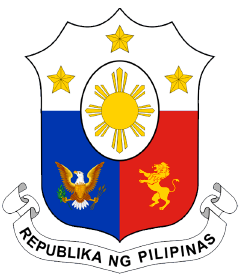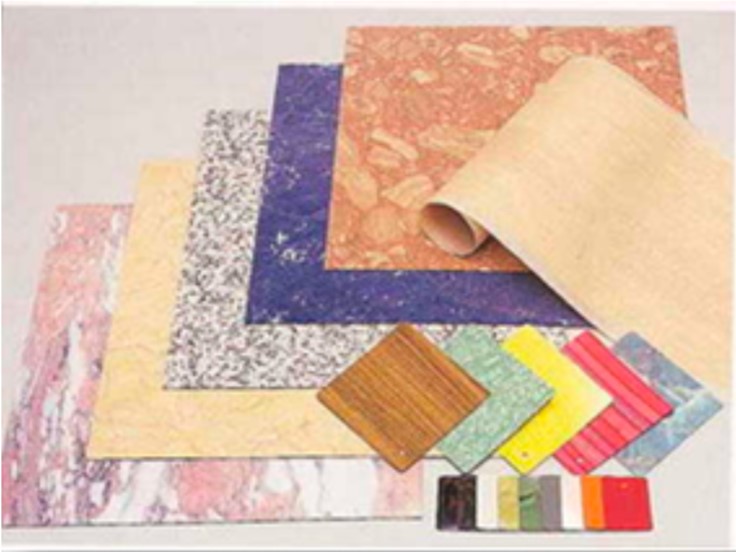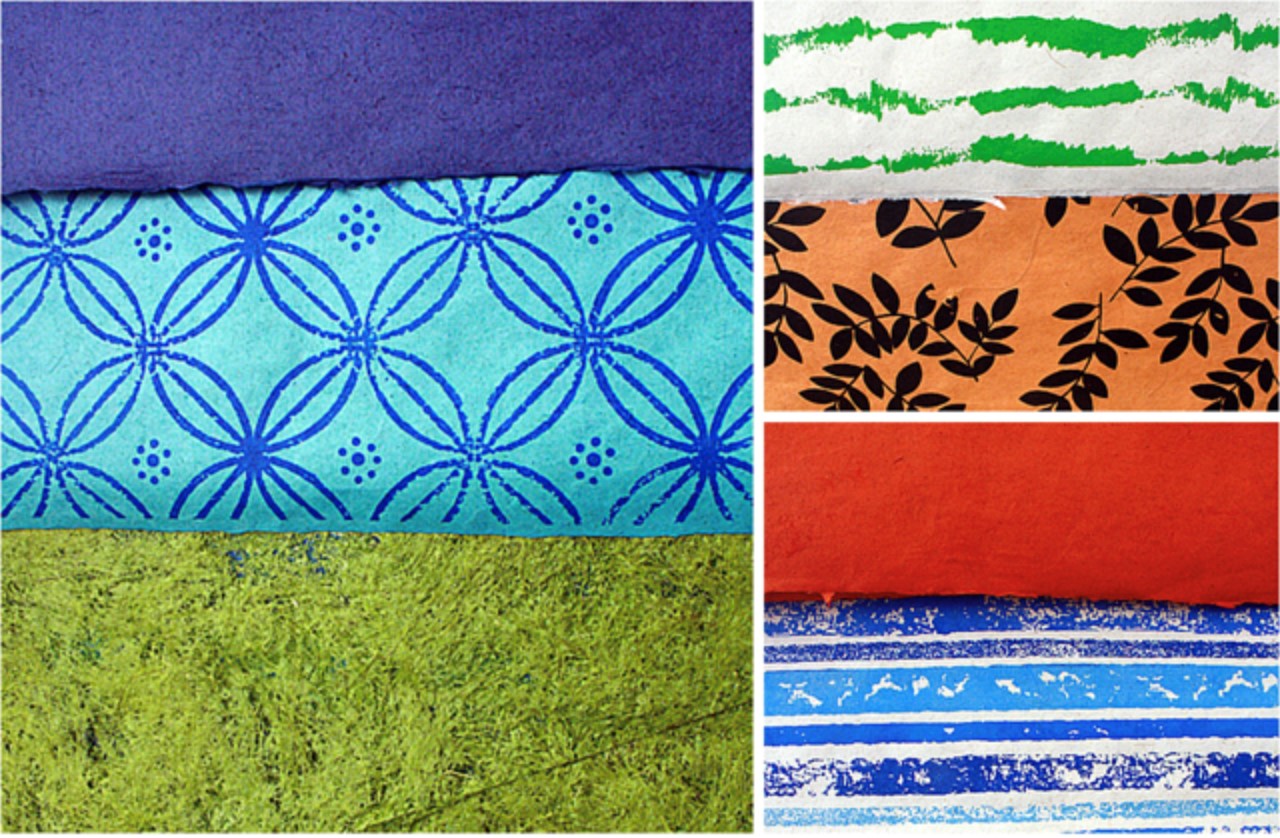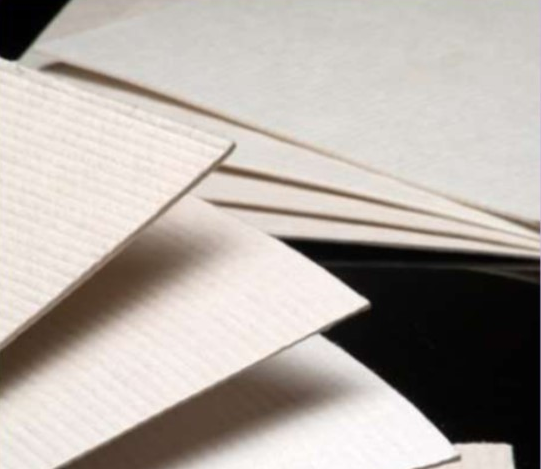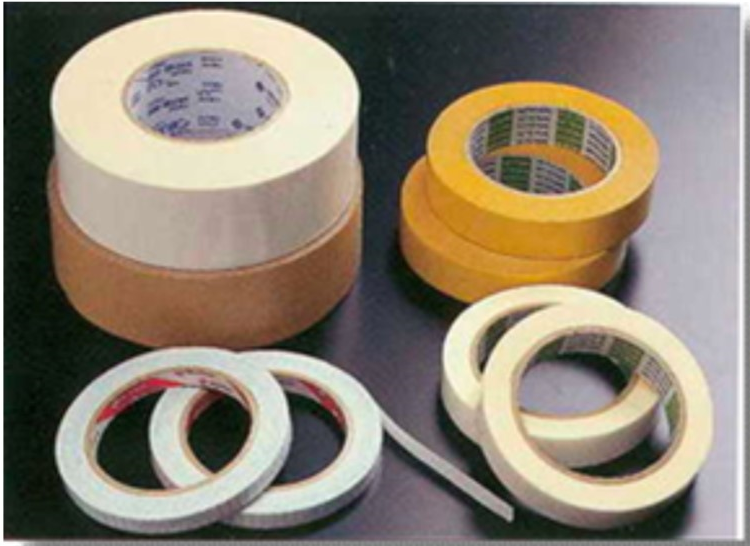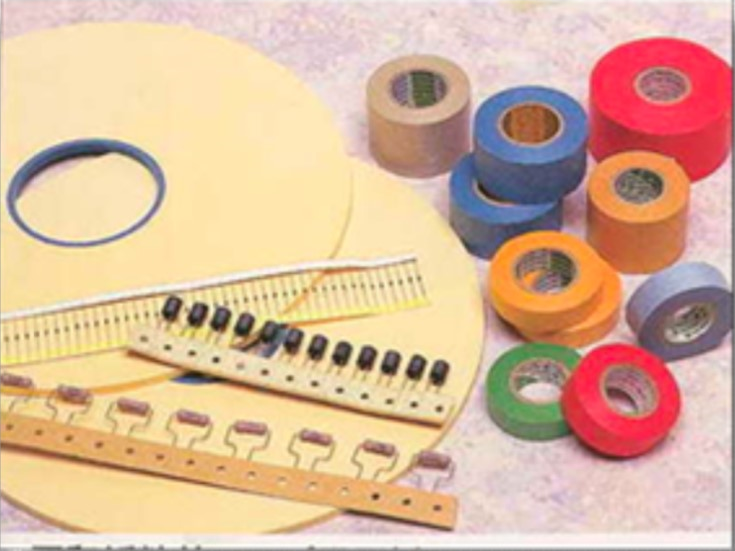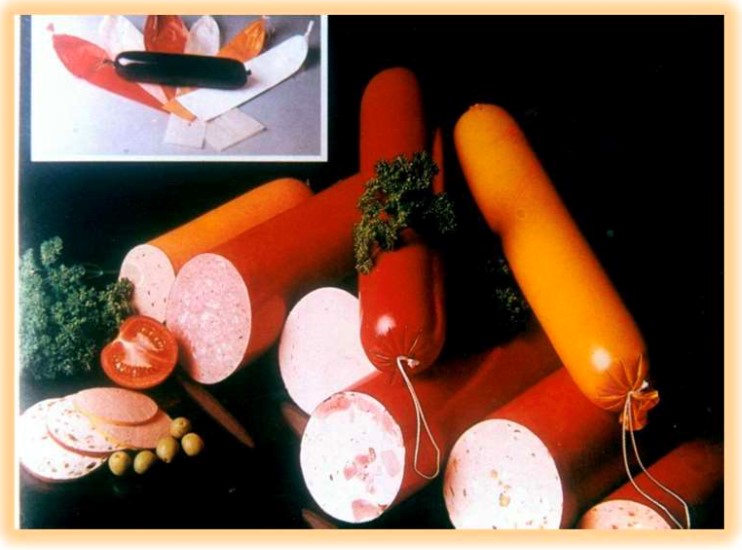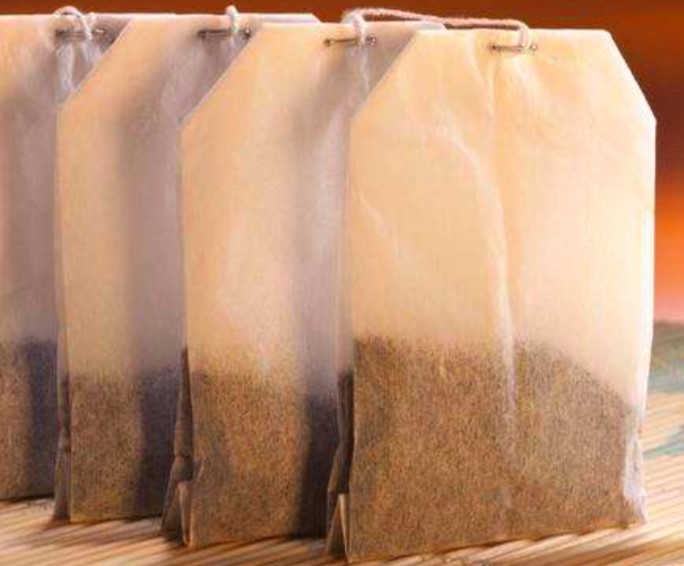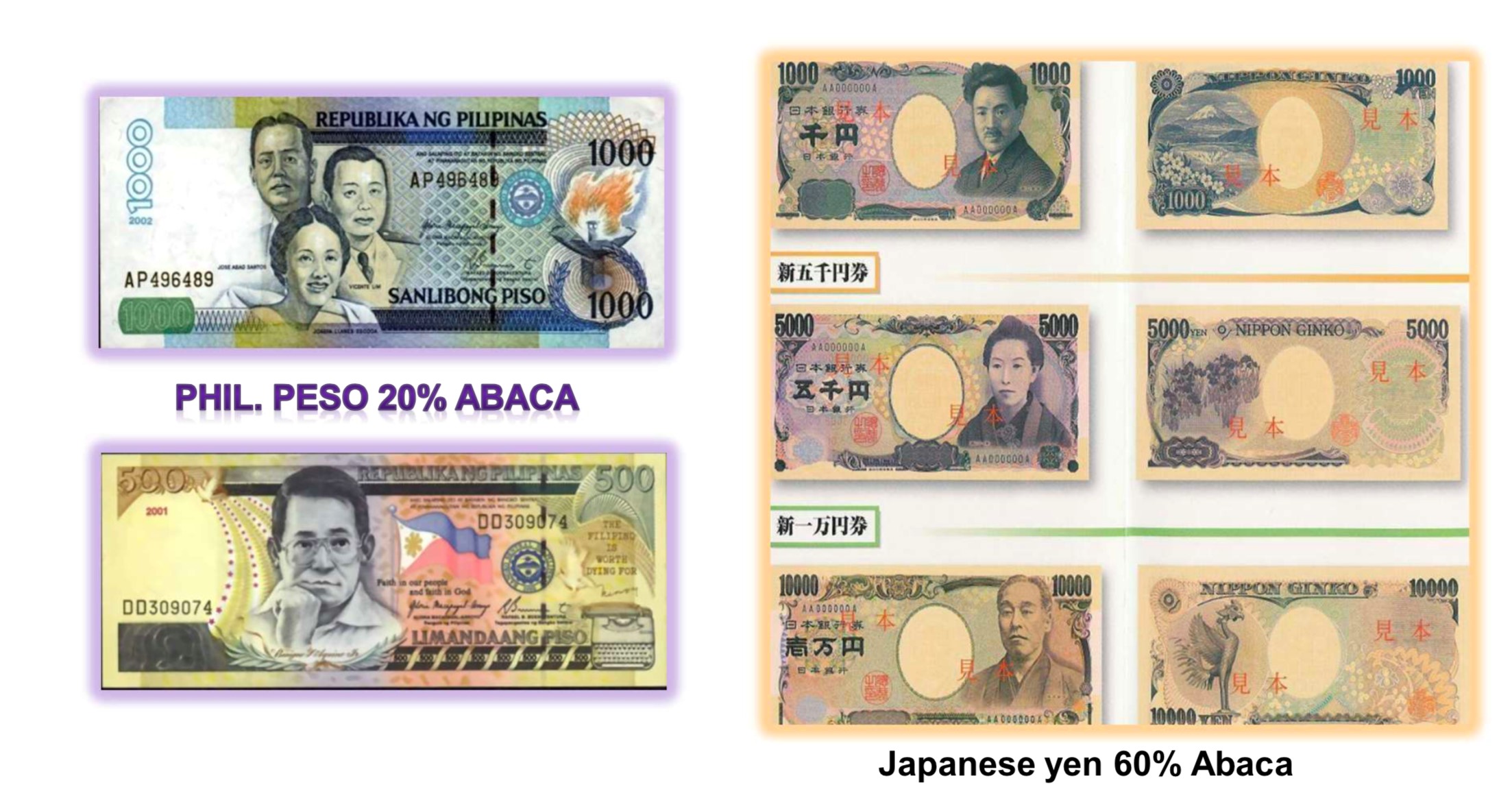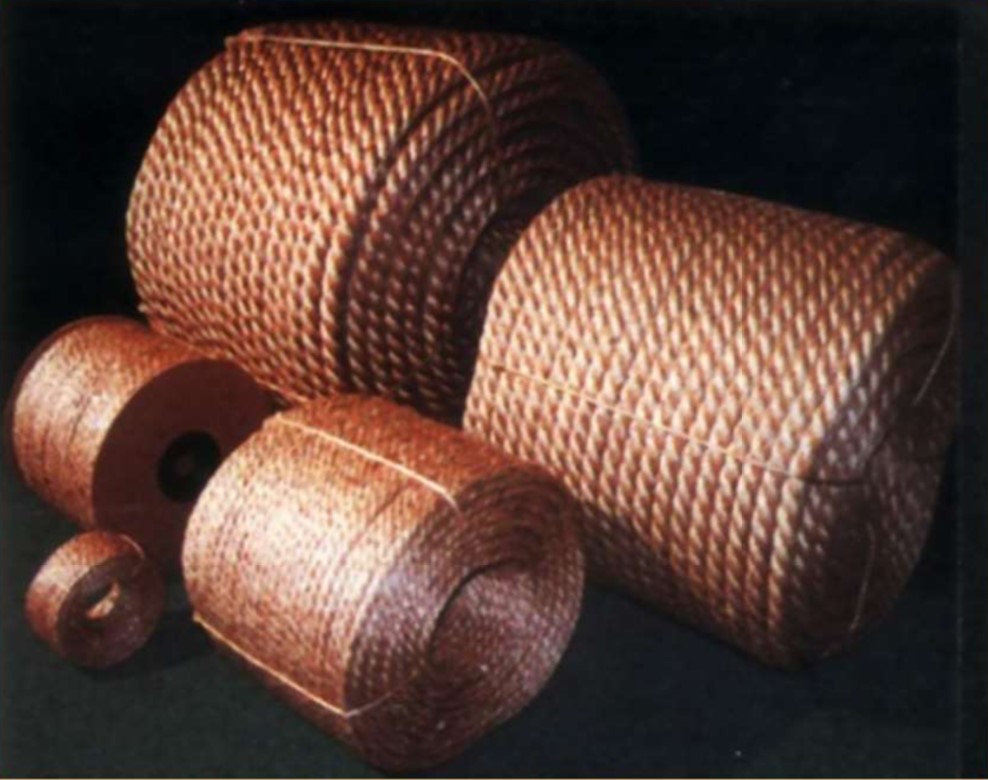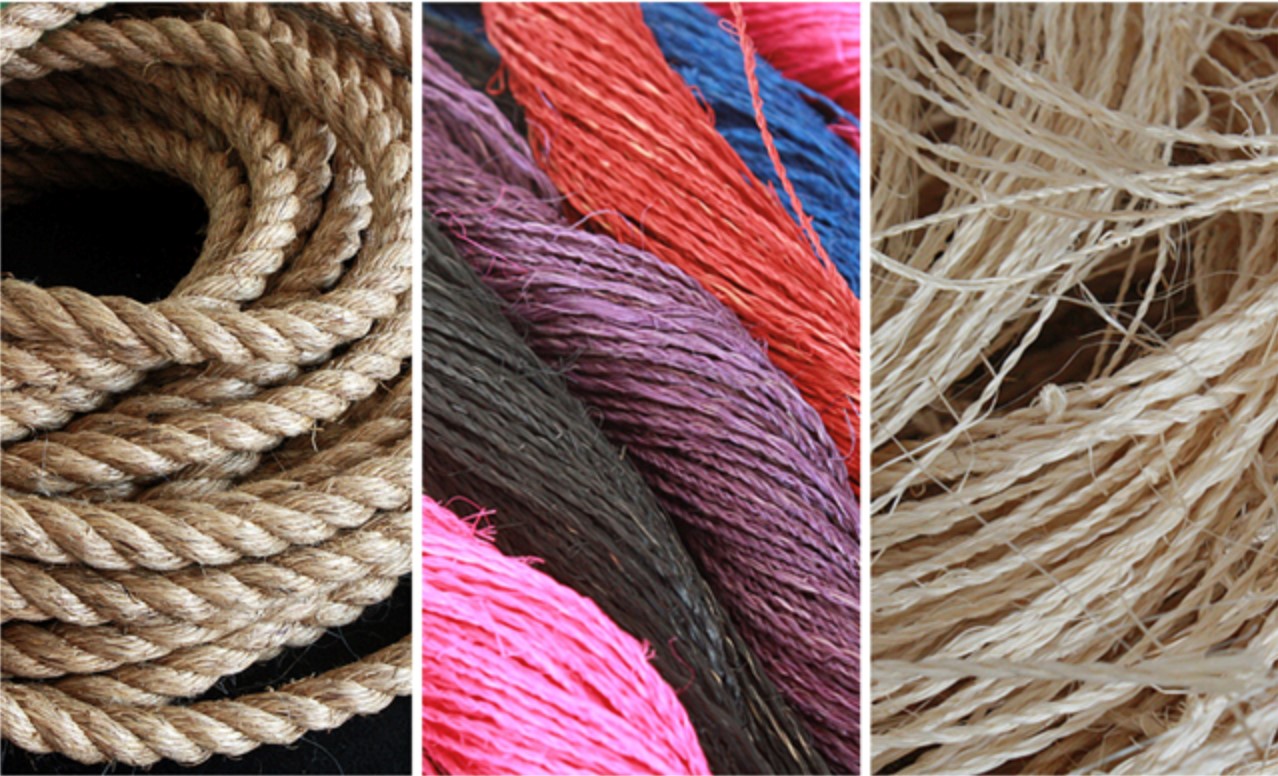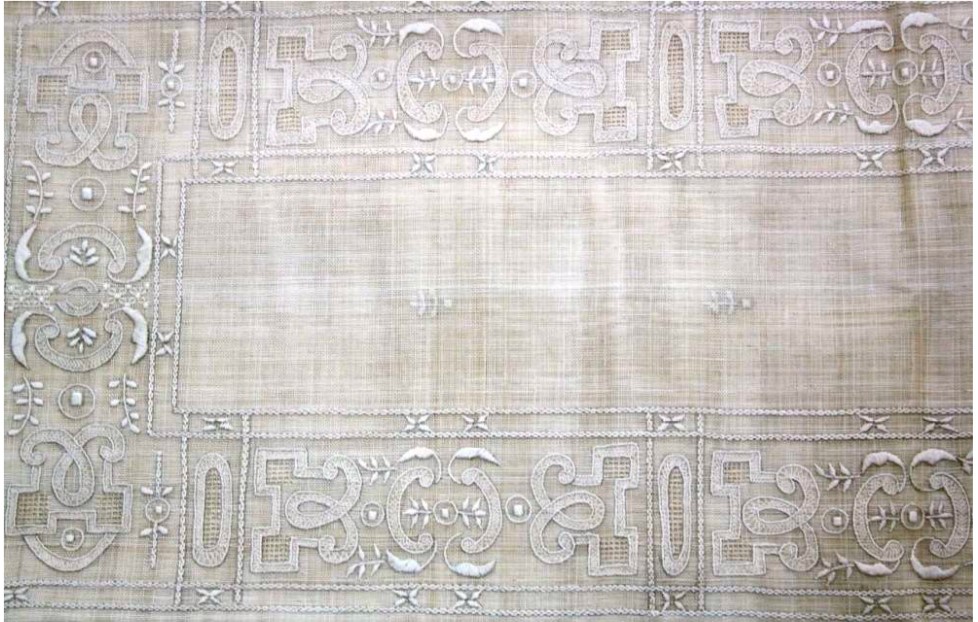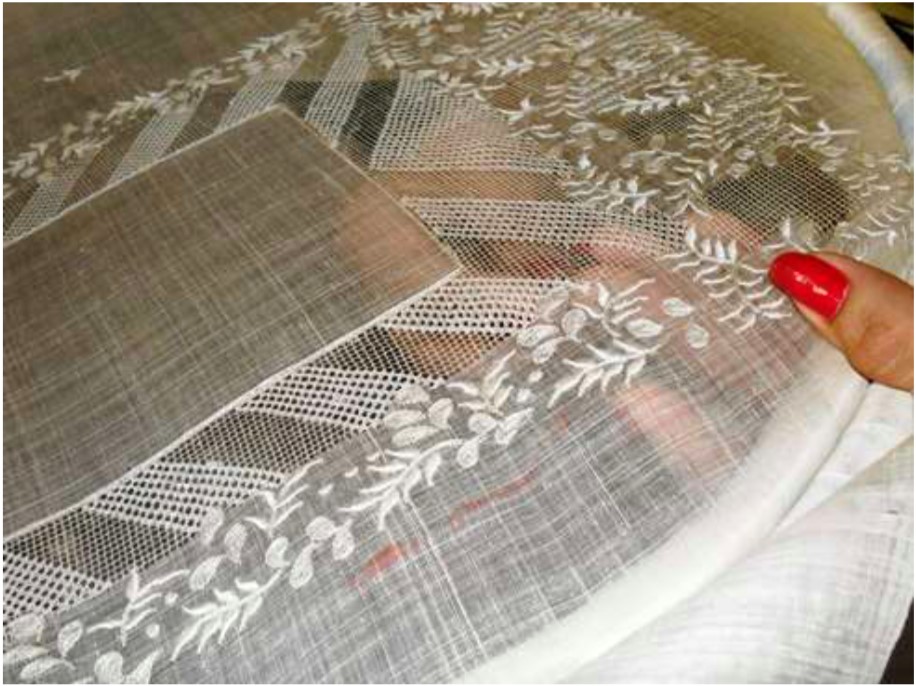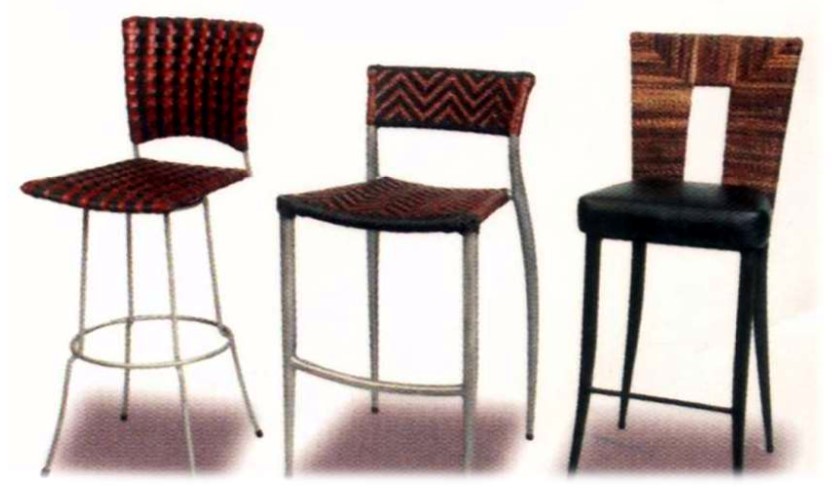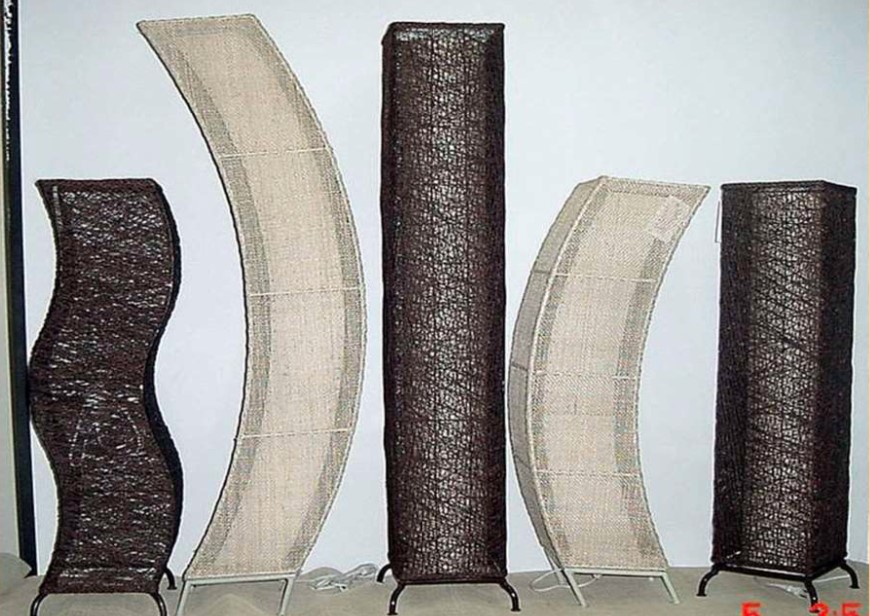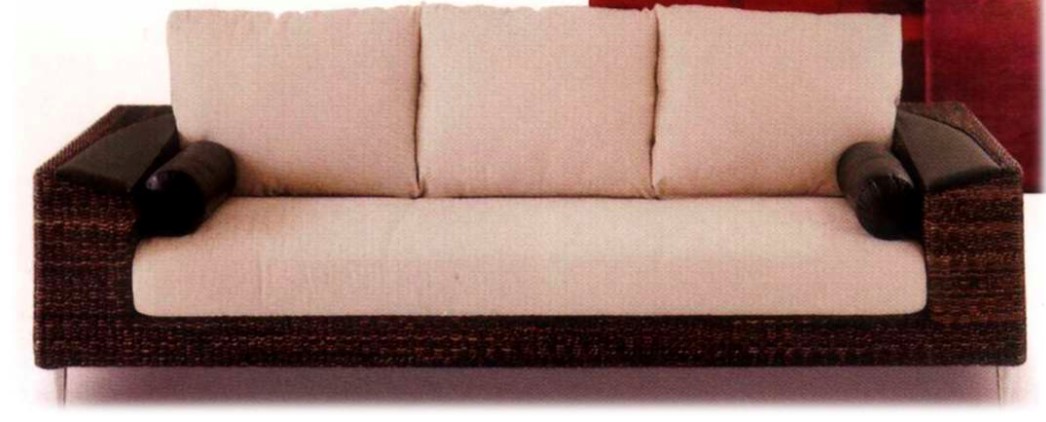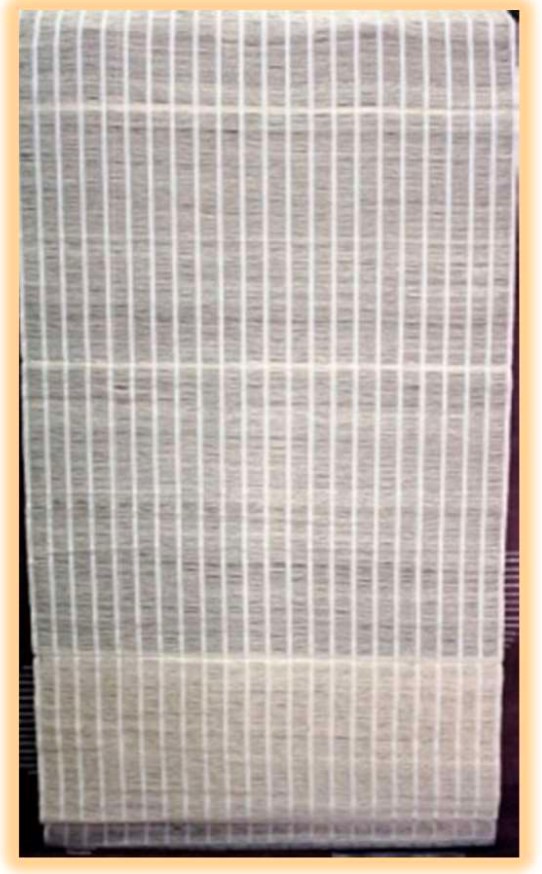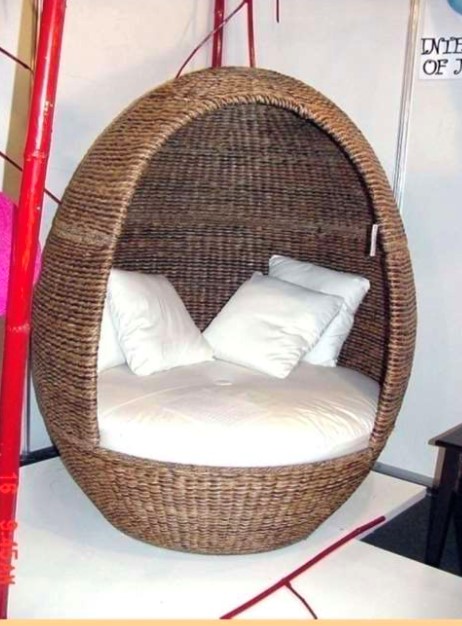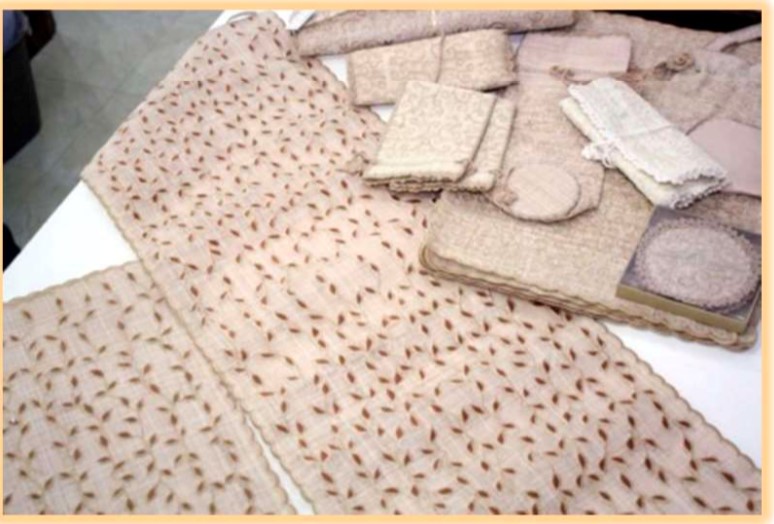Are you a registered overseas voter? Watch COMELEC’s new informercial HERE.
Home / Resources / Yamang Pinoy / ABACA / Various Uses
Various Uses
For Face Masks and PPEs
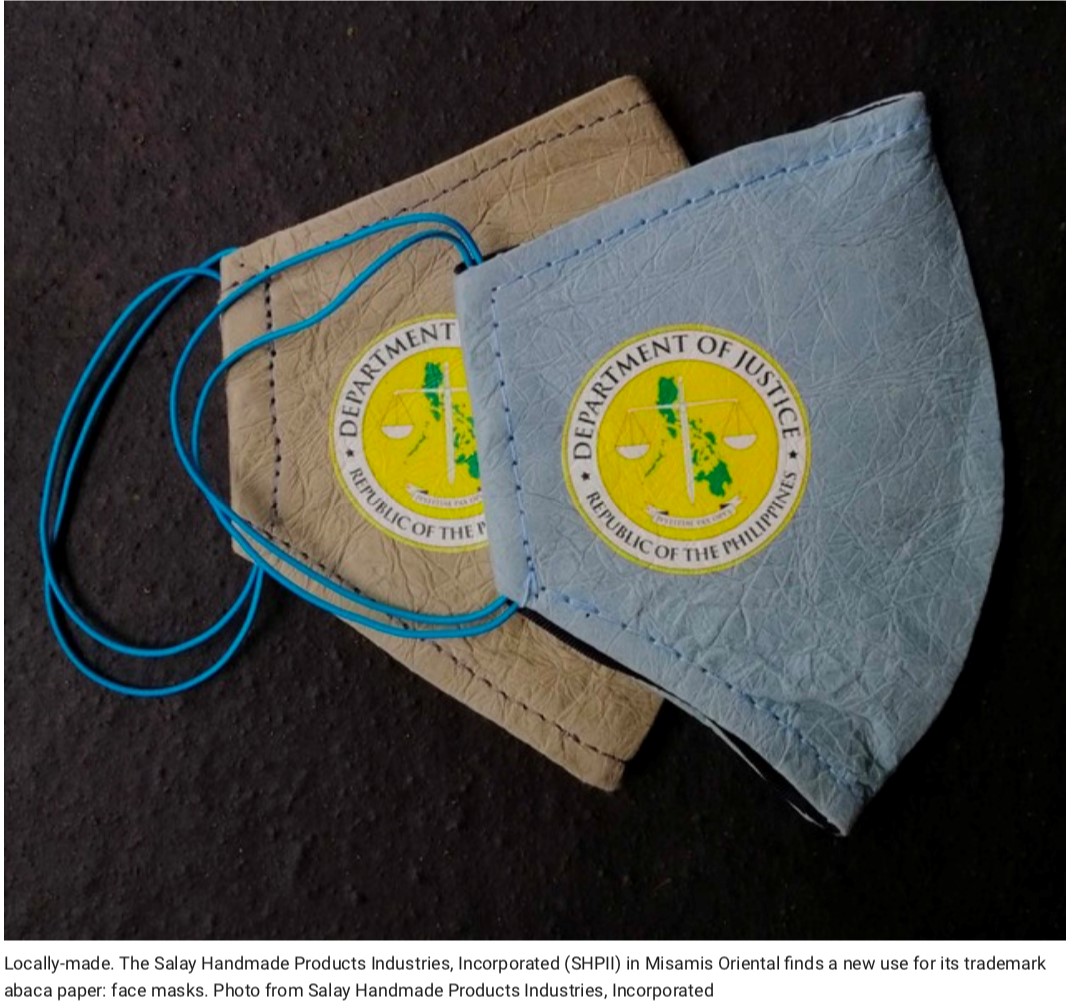
Due to its proven strength, a face mask made of Philippine Abaca, developed by Salay Handmade Products Industries, Inc., in Misamis Oriental in Mindanao2, has been tested and approved by the Philippine Department of Science and Technology (DOST).
The DOST’s filtration and protection test results revealed that the abaca face mask is 7 times better than ordinary cloth face masks.
This new face mask provides more options for the Filipino public who are required to wear face masks when they leave their homes while the country fights the spread of coronavirus disease, and uses an environment-friendly material. The Photo shows the colors of 7XB face mask from Salay Handmade in Misamis Oriental.
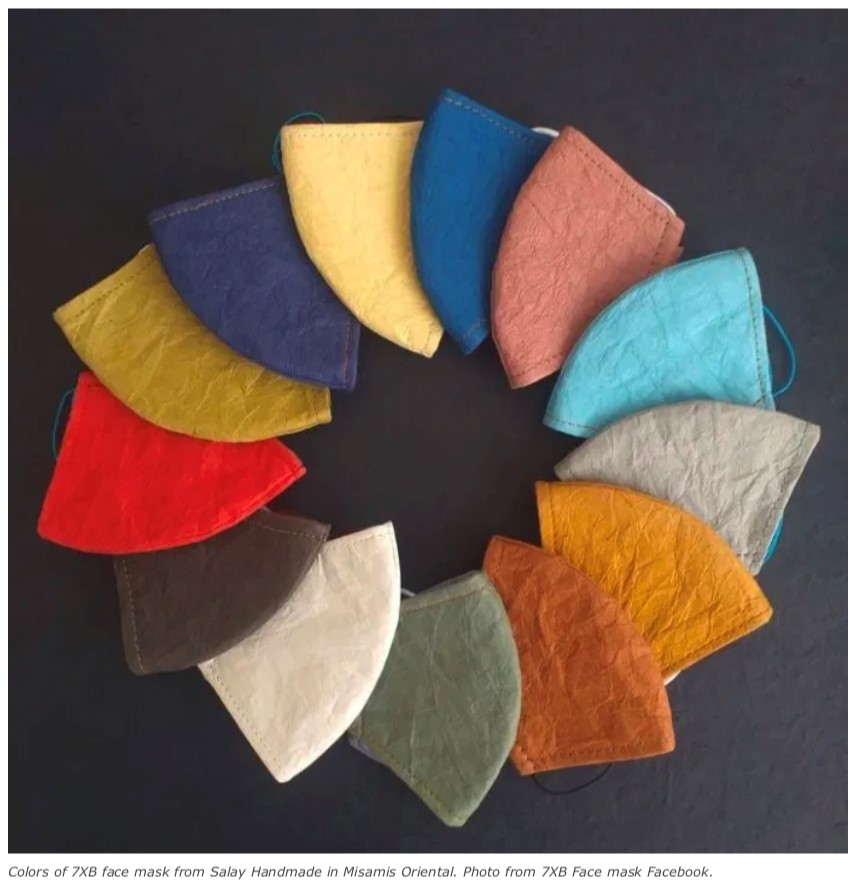
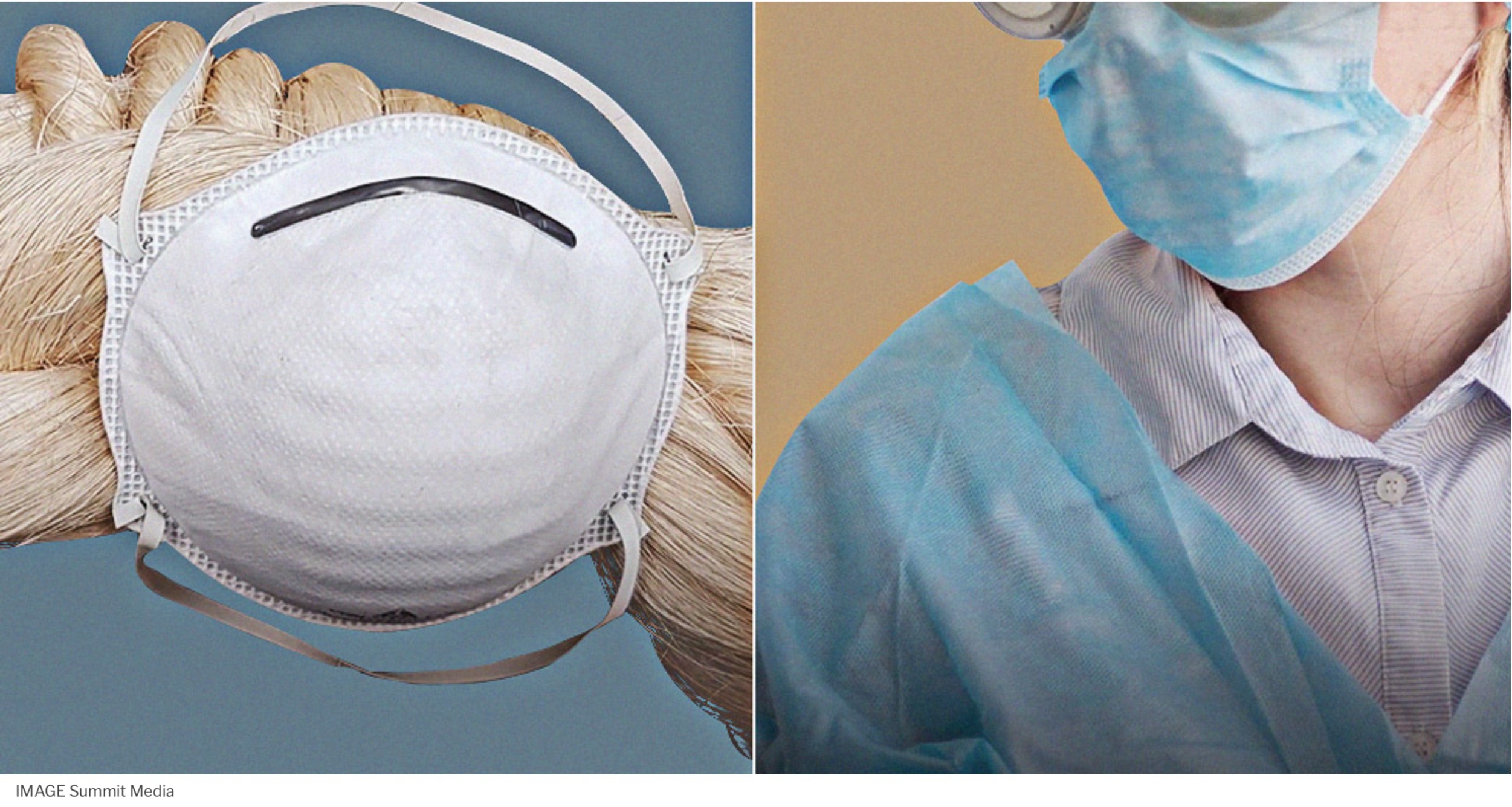
Commercially-made masks like N95 and surgical masks are made from abaca.
Philippine Abaca has also been used as raw material for Personal Protective Equipment such as lab gowns.
As pulp to make. . . .
Rope or Cordage
For cordage application where high tensile strength is of prime consideration, abaca is also an excellent choice over other natural fibers because it is considered the strongest among the plant fibers. Abaca has the best reputation for strength and tenacity and is technically three times stronger than cotton and two times stronger than sisal. Also, Abaca is far more resistant to salt water decomposition than most of the vegetable fibers, making it the most suitable for rope and cordage manufacture.
